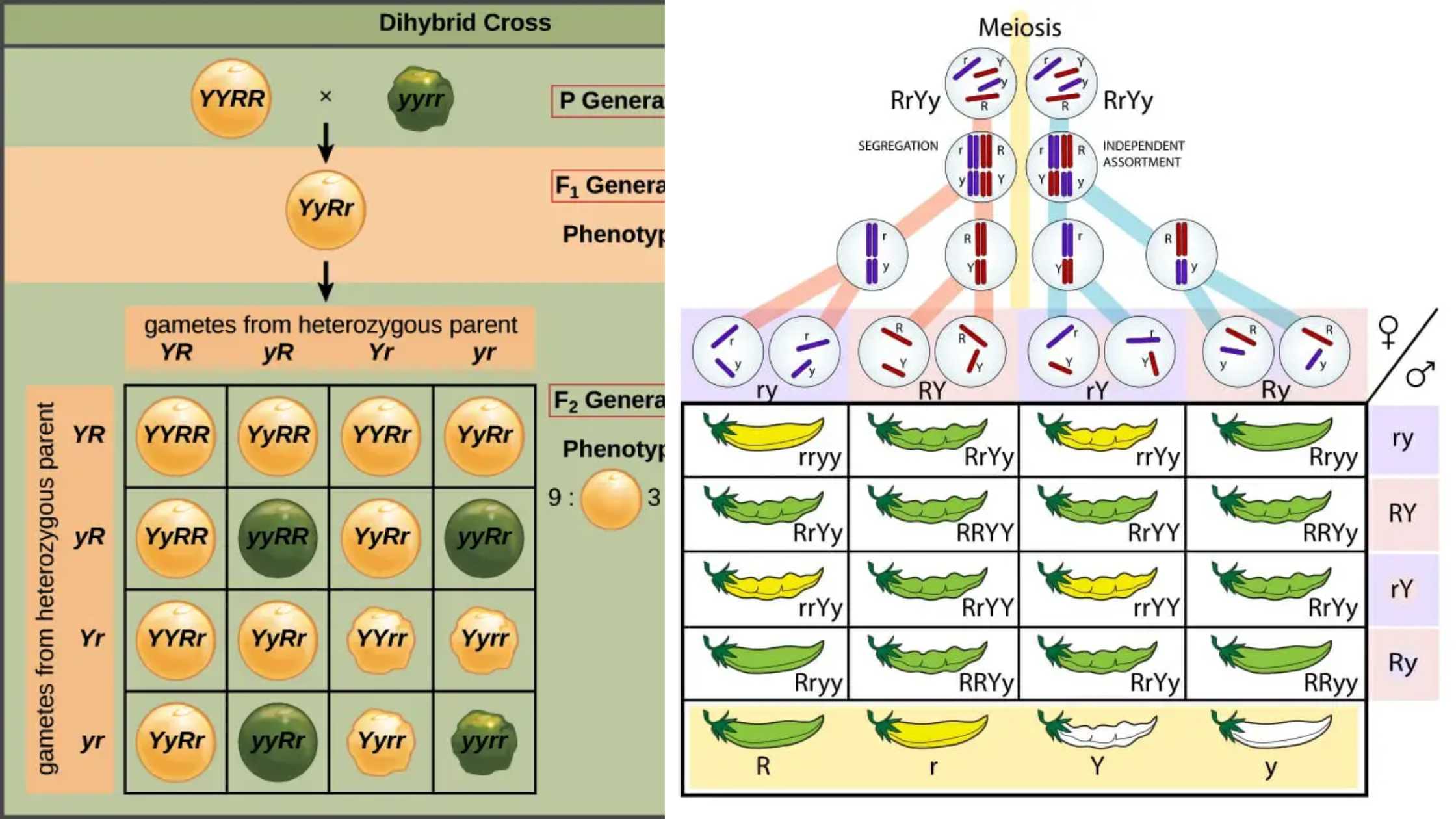Codominance – Definition, Examples, Importance
What is Codominance? Definition of Codominance Codominance is a genetic scenario where two different alleles at a locus are both fully expressed in a heterozygote, resulting in a phenotype that displays traits of both alleles simultaneously. What are the Symbolism for codominant alleles? Examples of Codominance Codominance in Animals Codominance in Humans Codominance in Plants … Read more









